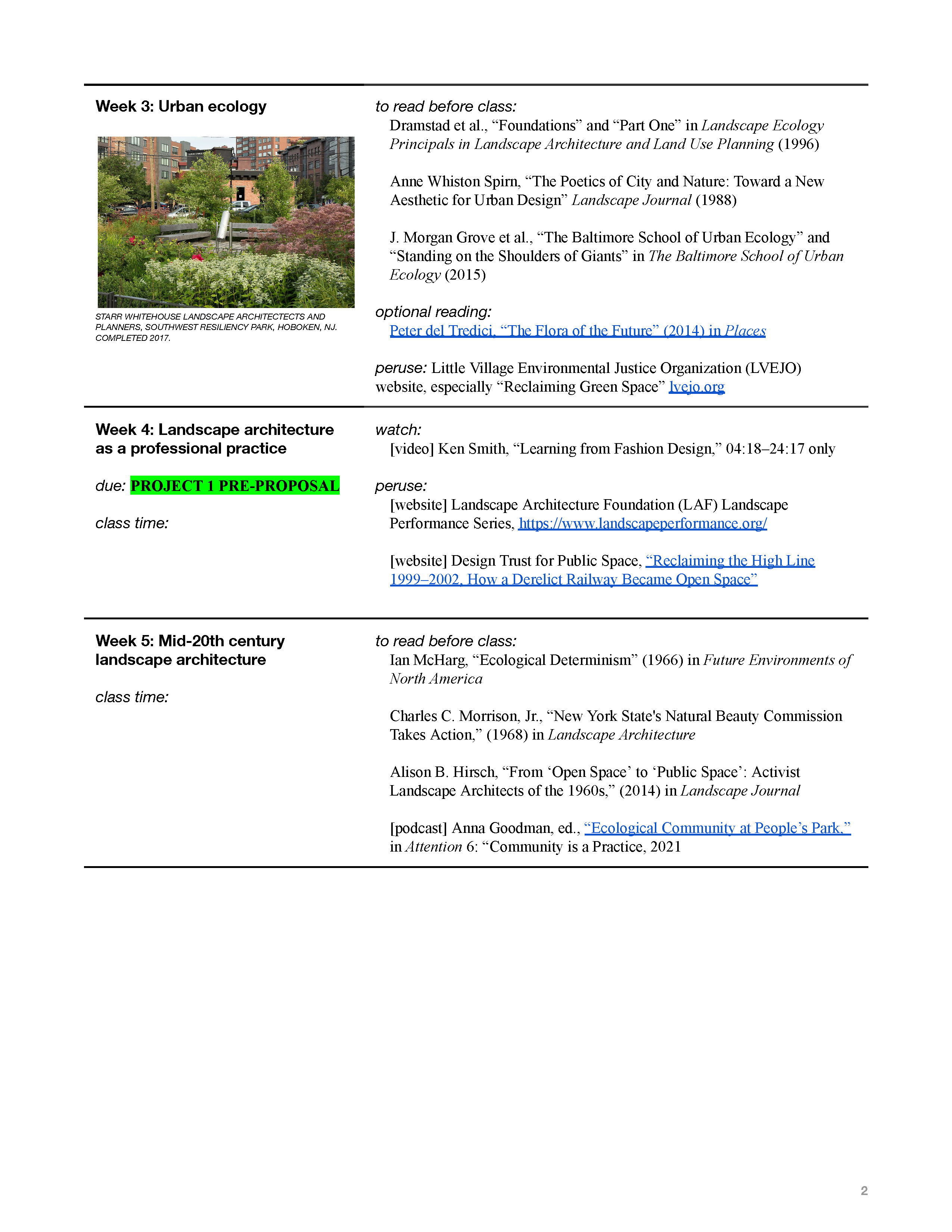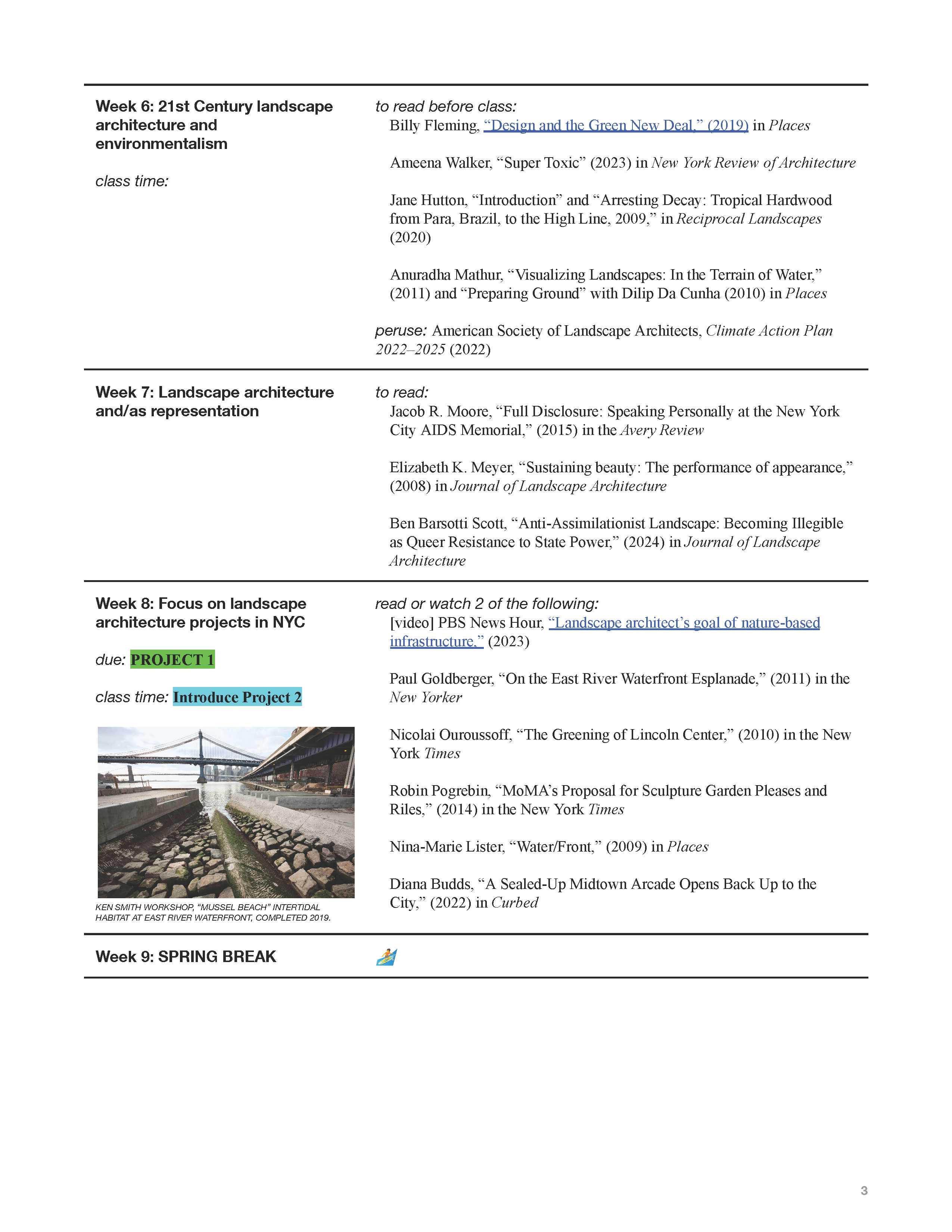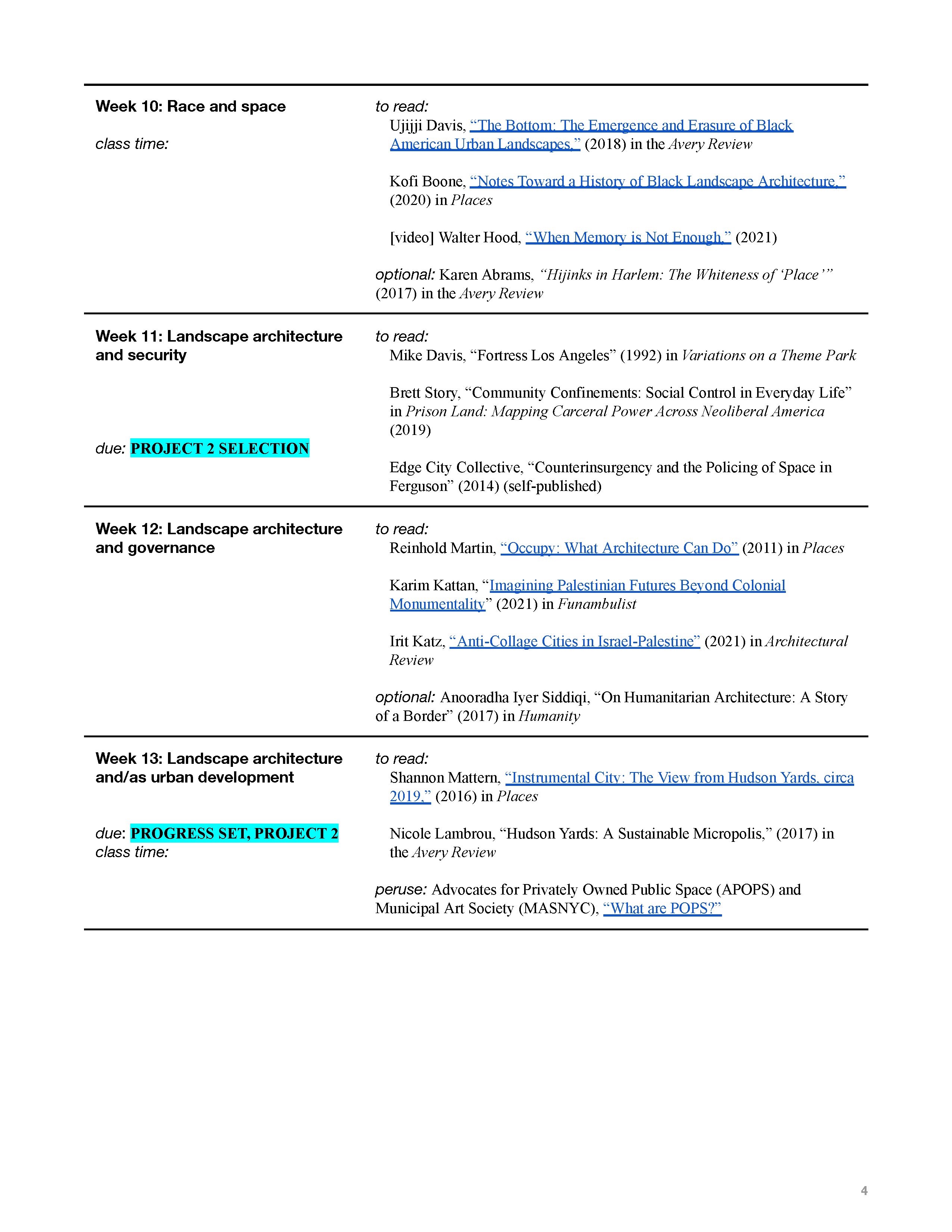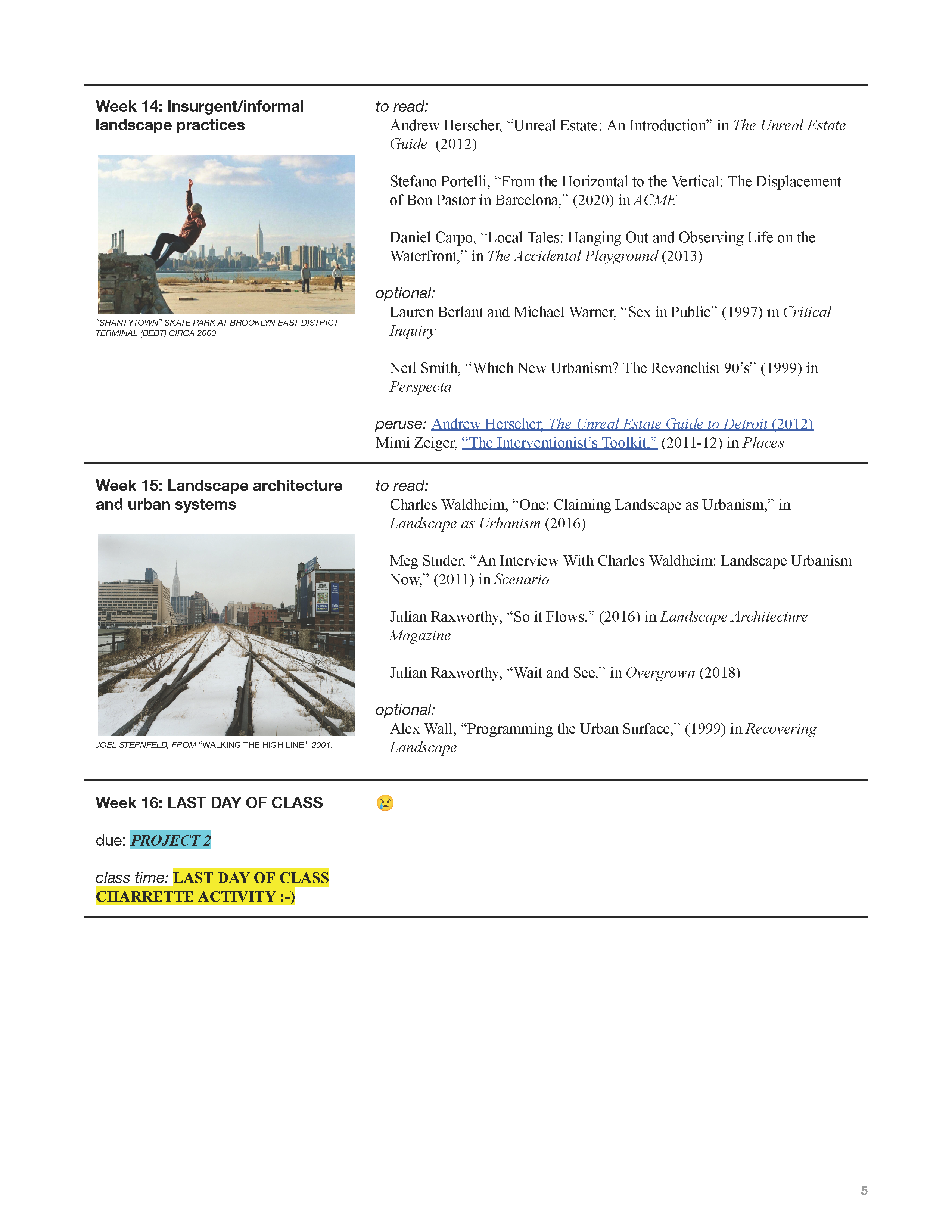The 1972 People’s Blockade
2024︎︎︎present
My dissertation research focuses on the 1972 People’s Blockade, a series of civilian occupations of US Naval terminals in New Jersey, Virginia, South Carolina, and Washington State. If you were involved in a blockade and are interested in telling me about your experiences, please email me here. Please also reach out if you were active military on a ship that saw a civilian blockade.





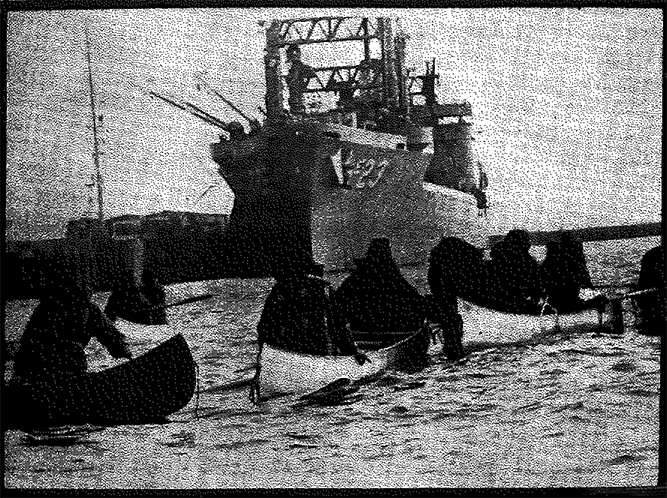

Unless otherwise noted, all above images are sourced from the 1972 document “Why the People’s Blockade?” published by the American Friends Service Committee (AFSC).
Late modernist hotel lobbies and Midtown’s distended public space
2024︎︎︎present
I am currently developing a project on the architecture of hotel lobbies built in Midtown Manhattan between the 1960s and 80s. This project takes seriously Thomas Gieryn’s proposal that buildings stabilize social life but do so “imperfectly.” I approach the lobbies of the Marriott Marquis and the New York Hilton at Rockefeller Center as formal attempts to destabilize the continuum between street and bar that, according to George Chauncey, facilitated commercialized sex along 42nd Street and throughout the Theater District in the 20th century. Drawing on planning materials of the late 1960s through early 1990s, I suggest that urban buildings’ inability to resolve the contradictions of urban life offers a replenishing source of urban crises to be managed by a professionalizing class of city administrators. In this regard, I depart from Gieryn’s original assumption to suggest that, while buildings’ incompleteness opens up a space for transgression it also creates new sites for state power and surveillance.

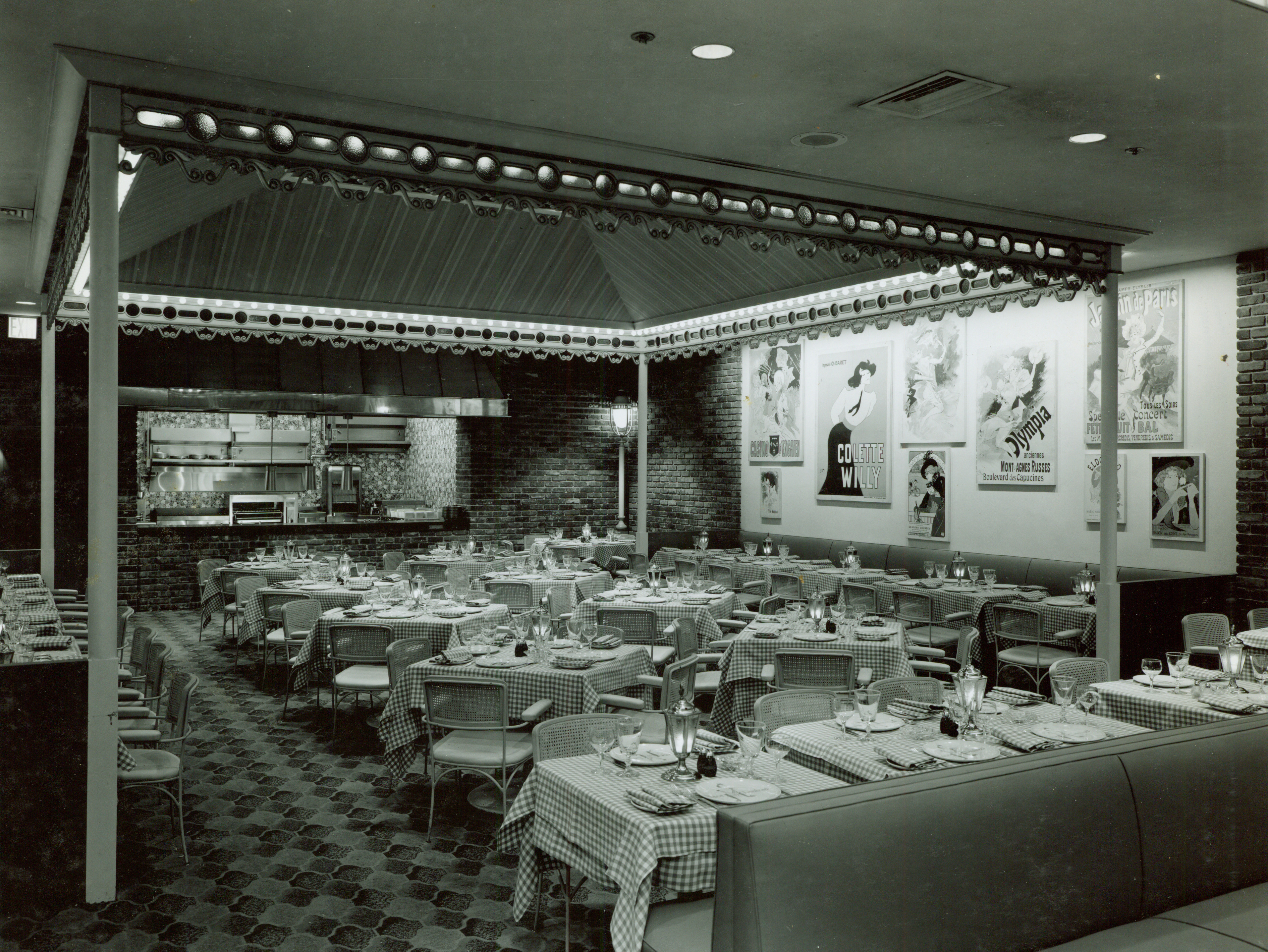
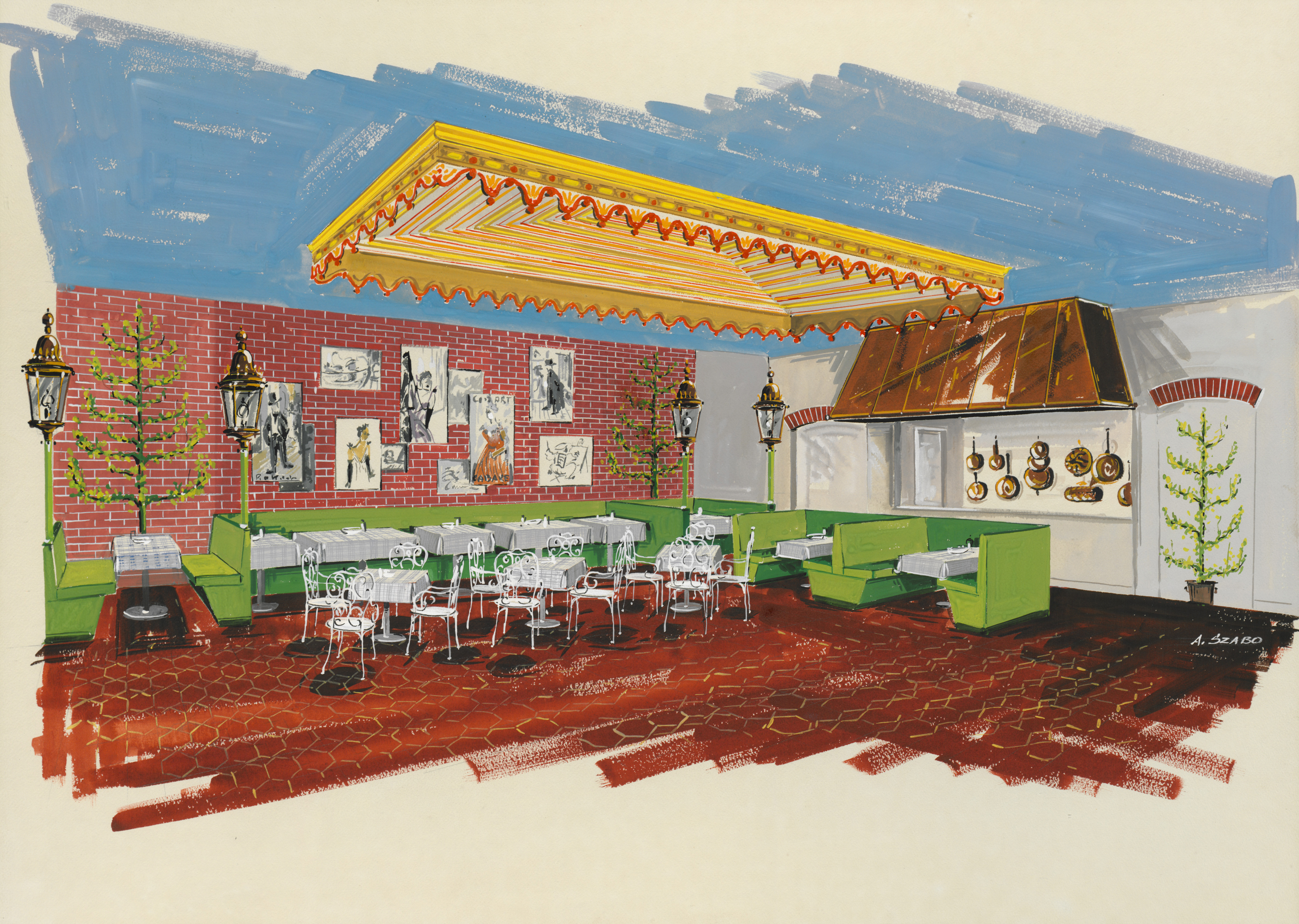
Anti-Assimilationist Landscape
2017︎︎︎2023
Through a study of two queer contemporary photographers working with landscape imagery, I proposes a theory of “anti-assimilationist landscape”: a politicized rejection of the conventions of landscape imagery and the repressive systems of land ownership, gender, and nation-building it sustains. Collier Schorr and David Benjamin Sherry make landscape images in sites with histories of gendered settler-colonial and white supremacist violence. The essay argues that their works function as both interpretation of those sites and a queer reclamation of them, enacting a political ecology of difference that can allow for a politics outside of the liberal democratic notion of citizenship rights and the fascist notion of ‘blood and soil.’ Arguing for its applicability to landscape architecture theory and practice, I contrast this anti-assimilationist mode to the turn-of-the-millennium concept of ‘eco-revelation,’ proposing instead a queer aesthetics of obscuring and the potential of ‘becoming illegible’ as an environmentalist practice. You can read the article in Journal of Landscape Architecture: “Anti-Assimilationist Landscape: Becoming Illegible as Queer Resistance to State Power.”




All Collier Schorr images were reproduced courtesy of 303 Gallery, New York.
All David Benjamin Sherry images were reproduced courtesy of Morán Morán.
MICA AH-379 Contemporary Architecture Criticism and Theory
2022
In Spring 2022, I designed and taught an advanced undergraduate seminar on contemporary architectural theory. 379-AH Contemporary Architecture Criticism & Theory at the Maryland Institute College of Art (MICA). You can access the full syllabus here.
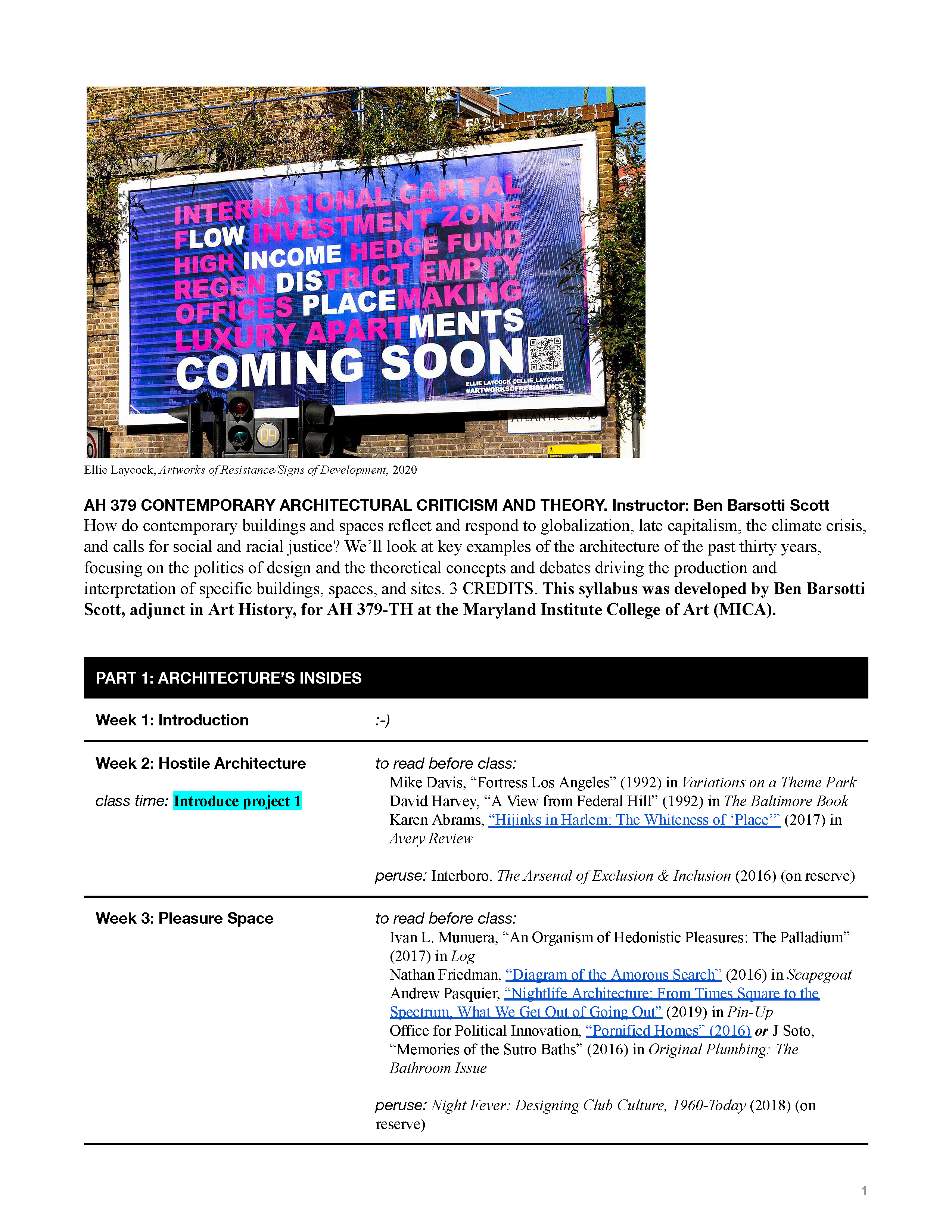
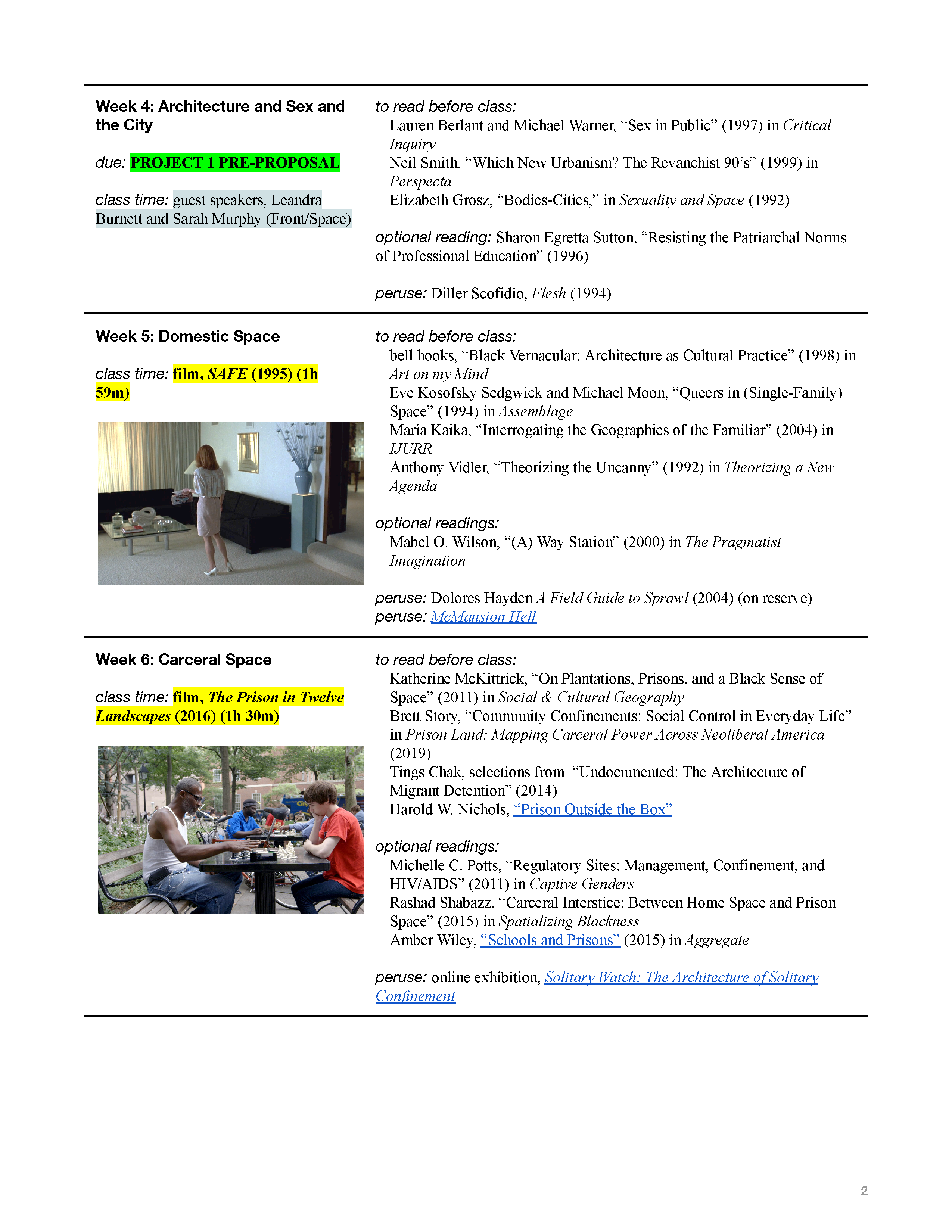
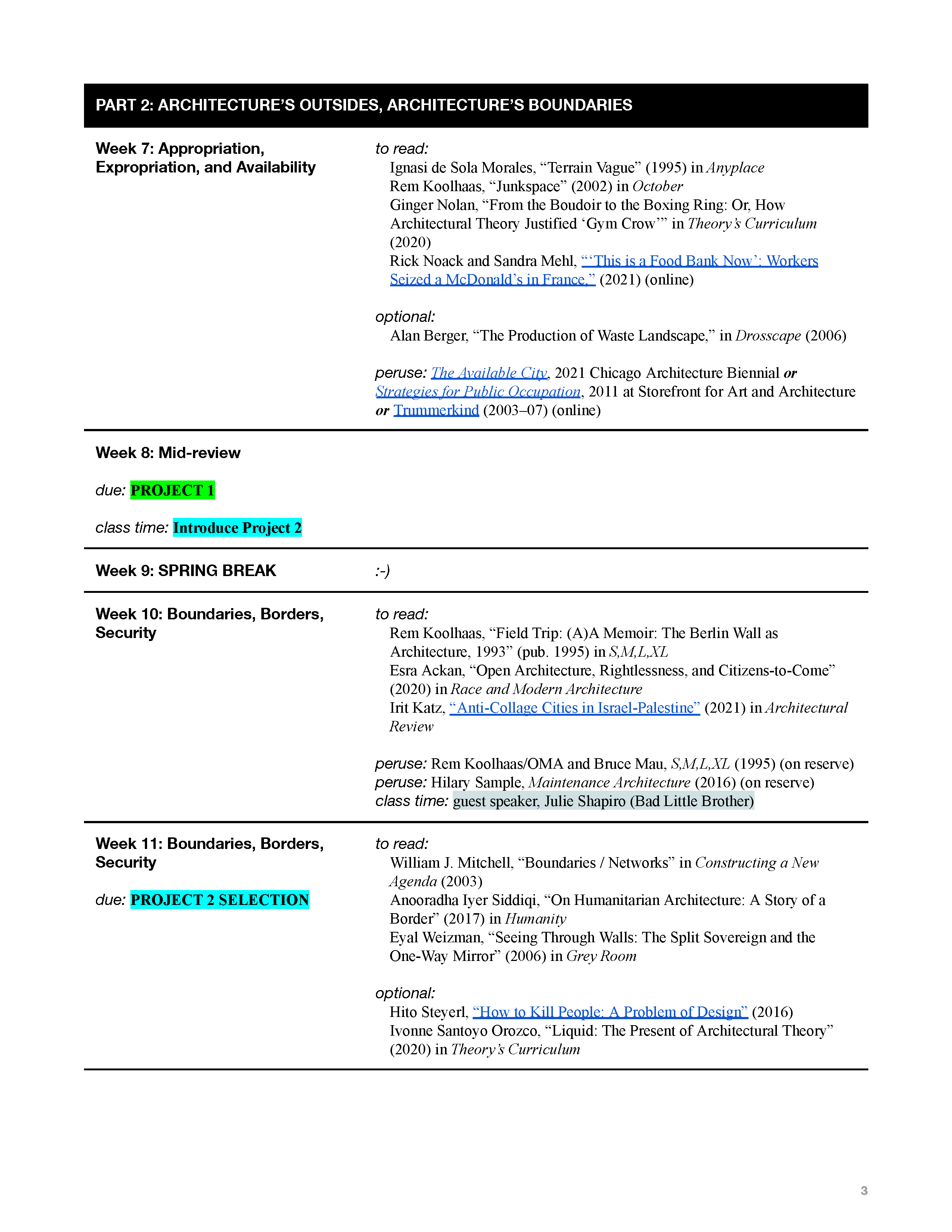

Landscape Architecture and the City
2023︎︎︎4
I developed this syllabus for an introductory graduate course on contemporary urban landscape architecture in a program focused on urban planning and policy. Most students had no formal training or professional experience in landscape architecture. Due to conflicting commitments, as of 2025 I have not yet taught this course. You can access the full syllabus here.
